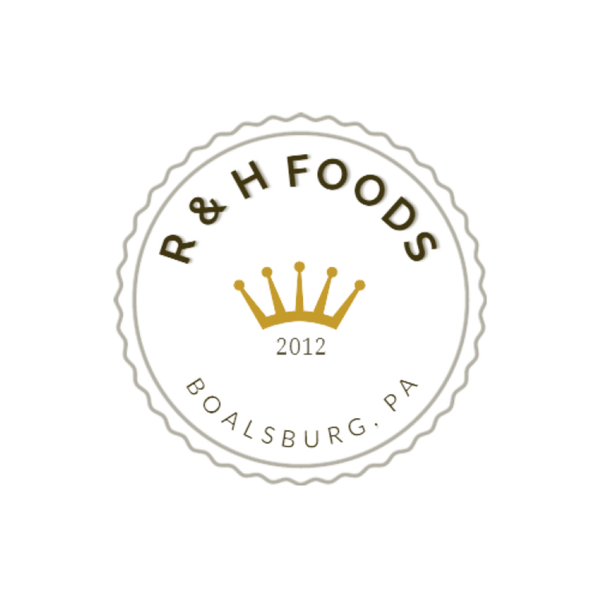Full disclosure. My wife is British. She loves horses, dogs, and the countryside. Not so much a horse person, I do appreciate a morning hike followed by a pub lunch in the middle of the British countryside. How can a warm hearth, a pint of mild, Beef Wellington, Yorkshire pudding, and fresh, herb-roasted vegetables at the King’s Head get such a bad rap?
Well, it pains us to admit that it does. And as a foodie, I know why. British food is renowned for, well, stodginess and overcooked vegetables among other things. But there’s a nuance here that is important to understand. The pub concept was not designed to be a conduit for haute cuisine or even fast casual dining; the pub was designed to be a meeting place where business was done and deals were sealed in a warm, dry place over a long, slow pint or two.
Today, things have changed. Today’s gastropubs have heralded a new age. Pub landlords and chefs are focusing on lighter dishes and locally grown ingredients. Today, you may well find delights such as braised pork belly, wild mushroom risotto, and artisanal cheeses on the list of blackboard specials.
Let’s take a quick trip back to the first public houses and find out how they don’t resemble today’s King’s Head at all… thankfully!
Ale House? Try the Wine Bar Down the Road
The first British pub dates were far from being places for locals to swill ale. Two thousand years ago, they were tavernas selling wine to the hard-working Romans as they toiled building roads, towns, and aqueducts.
The British bent toward brewing and selling ale, however, won out, and the wine-bar-cum ale houses served hop-based libations to the invading Angles, Saxons, Jutes, and Scandinavian Vikings.
Beer was a staple of the British diet because the brewing process made it a safer option than water, which wasn’t so clean back in the day. Coffee and tea, introduced in the mid-1600s, were only affordable to the rich. Things got a bit merrier when cheap brandy from France and gin from Holland appeared on pub shelves. The Dutch had a lot to answer for until the Gin Acts of 1736 and 1751reduced gin consumption to a quarter of its initial levels.
But enough of the spirit, let’s talk about the food.
Boiled Meat and Veggies? Sadly, Yes
By the nineteenth century, meals revolved around the potato and other standouts like boiled fish and boiled green peas. It was Jewish settlers who introduced the iconic fish and chips shops to Britain, and the success of Smith’s crisps (just ask any Brit what these are) ensured that potato crisps became one of the bastions of the pub experience, which is still the case today.
Meat dishes became popular again after the rationing of World War II. In the 1970s, the then ubiquitous Beefeater pub chain made evening meals mainstream in pubs offering basket meals like steak and chips with onion rings and black forest gateaux. More adventurous plates like lasagna and shepherd’s pie followed, and the rest is history — that is, until the advent of the gastro pub.
Gastronomy à la Bretagne
Today, gastro pubs offer food with global influences from all over Europe and Asia, hailing back to the British Empire. Indian spices and ingredients brought new flavors and dishes, such as curries, Jamaican jerk chicken, and Chinese stir-fries.
Gastro pubs are all about using locally grown ingredients. If near the coast, there might be the local fresh fish catch, or if inland, steak from local grass-fed herds and organic eggs might be showcased. British pubs come in all shapes and sizes from modern gastro fine dining experiences to traditional historic country pubs. They are an ever-evolving center of social and economic activity supporting their community.
But here’s a secret. While not all pubs are great, there are ways to spot a good one. The parking lot (sorry, car park) will be packed overflowing on Sunday lunchtimes, and the pub will not be accepting reservations.
To enjoy the British pub, prepare to linger, sit back, relax, sip your beer, enjoy the labradors under the table, the horses in the car park, and the hikers coming in from the wind and rain.
Alternatively, bring the flavor and ambiance of hearty pub food to your own kitchen by sprinkling lavish amounts of Grub Kicker Public House on your Sunday roast and vegetables.

